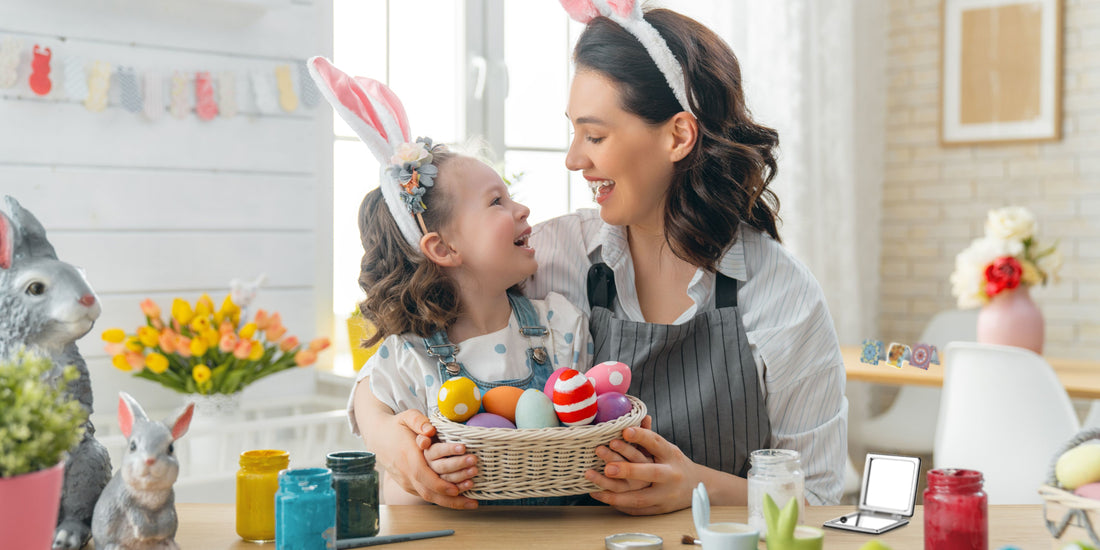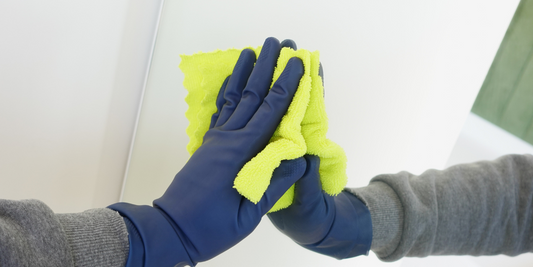Easter is a holiday celebrated in many parts of the world, usually in the springtime. It is a time of renewal, rebirth, and hope. While many traditions and customs are associated with Easter, such as decorating eggs and attending church services, one lesser-known but fascinating concept is the use of mirrors in some cultures.
Mirrors have long been associated with spiritual and mystical practices. They are said to have the power to reveal hidden truths, connect us to the divine, and even facilitate communication with the dead. In many cultures, mirrors are used as a tool for divination or scrying, a practice where one stares into a mirror or other reflective surface in order to receive spiritual insights. Some Christian traditions believe that the use of mirrors on Easter Sunday represents the victory of light over darkness, good over evil, and life over death.
One custom comes from Greece, where it is believed that on Easter Sunday, the mirrors in a household must be covered or turned towards the wall. This is done to prevent the reflection of Christ's image in the mirror, as it is believed to bring bad luck. The superstition also has a more spiritual meaning, as it signifies that Christ is no longer dead and reflected in the mirror, but alive and present in the world.
In parts of Eastern Europe, it is common to decorate eggs with various patterns and designs, and then hold them up to a mirror on Easter Sunday. The reflection in the mirror is believed to have mystical powers, and it is thought that the person who sees their reflection in the egg will be protected from evil for the rest of the year.
Similarly, in some parts of Russia, it is customary to decorate Easter eggs with intricate designs and then place them in front of a mirror. The reflection in the mirror is believed to amplify the beauty of the egg, and it is said that the more beautiful the reflection, the more abundant the year will be.
In some Latin American countries, it is customary to break an egg into a glass of water on Easter Sunday and then look at the reflection in the water. The reflection is believed to reveal the future, and the shape of the egg white and yolk is said to be a sign of good or bad luck.
Nowadays, most people celebrate Easter by attending church services, having festive meals, decorating eggs, and giving gifts. As the holiday depicts hope and renewal, it would be befitting if you give mirrors as a present to a loved one.
This 2023, Omiro launched a new set of compact mirrors with patterned prints. The prints are not only celebratory, but some also show the masterpieces of a known painter. These compact mirrors are lightweight and small and feature two viewing areas: one regular and the other with 3X magnification. The regular mirror is best used when checking your look, and the magnified side is perfect for precise applications such as doing your makeup, tweezing facial hair, or putting on fake lashes.
Omiro’s Unique Painting Compact Mirrors are fashionable made of high-quality artificial leather. They have magnetic buckles for closure and sturdy hinge that allows you to open the mirror to a 180-degree angle. There are 5 patterns you can choose from:
While the use of mirrors on Easter Sunday may seem like a small and insignificant tradition, it has powerful spiritual and symbolic significance. Whether used for introspection, as a symbol of resurrection, or as a source of hope, mirrors remind us of the transformative power of this holiday.









